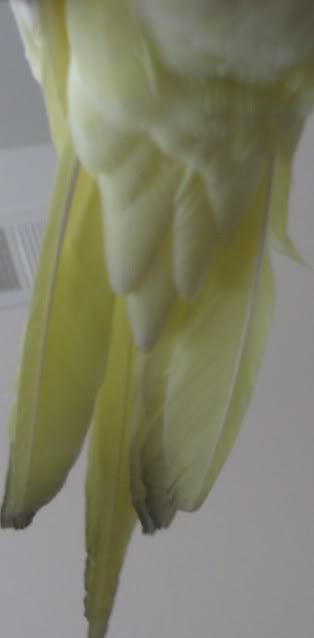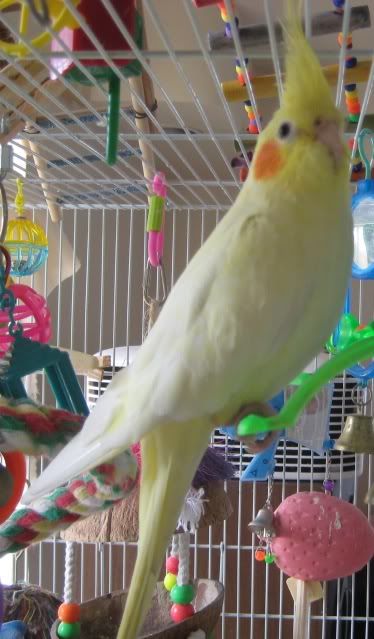Do you think it's possible to tell whether Dimplez is a male or a female by the appearance in these pics? I want to know for my future reference in case I want to get another tiel & don't want them to mate.
He/she is about 8-9 months old now.
Dimplez is a very active bird, pretty quiet for most of the time unless he/she wants to get out of the cage then will call for attention. Doesn't whistle or sing at all.
![Image]()
![Image]()
He/she is about 8-9 months old now.
Dimplez is a very active bird, pretty quiet for most of the time unless he/she wants to get out of the cage then will call for attention. Doesn't whistle or sing at all.






